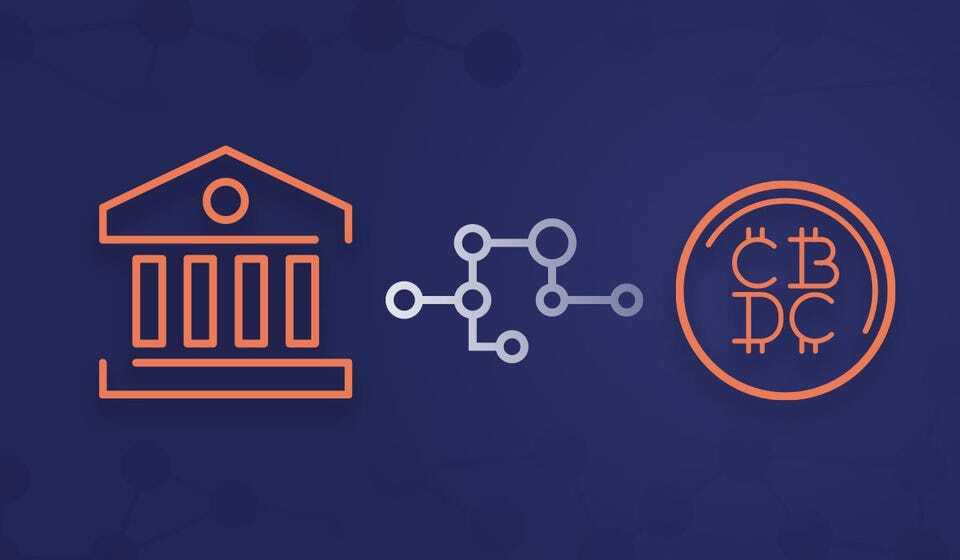
The concept of central bank digital currencies (CBDCs) has gained traction in recent years, as a number of countries have explored the possibility of issuing digital versions of their national currencies. While the idea of CBDCs may seem attractive, the reality is that it could lead to hyperinflation, which is a sustained increase in the general price level of goods and services in an economy over a period of time. In this article, we will explore the reasons why CBDCs would bring hyperinflation and the potential consequences of such an outcome.
Hyperinflation is characterized by a rapid and out-of-control increase in prices, which can lead to a collapse in the value of money. In such a scenario, people are more likely to spend their money quickly instead of saving it, as the value of their savings would decrease rapidly. This, in turn, leads to a further increase in prices and a vicious cycle of hyperinflation.
CBDCs have the potential to trigger hyperinflation due to their design, which allows for unlimited money creation. Unlike traditional physical currencies, CBDCs can be created at the click of a button, without any physical limitations. This opens the door to unlimited money creation, which can quickly lead to hyperinflation.
Another reason why CBDCs would bring hyperinflation is that they would give central banks unprecedented control over the monetary system. In a traditional monetary system, the supply of money is determined by the demand for it, as well as the actions of banks and other financial institutions. With CBDCs, however, central banks would be able to manipulate the supply of money, which could lead to a rapid increase in prices.
Moreover, CBDCs would also increase the risk of monetary policy errors, as central banks would be able to carry out monetary policy decisions much more quickly and efficiently. This would increase the likelihood of monetary policy decisions being made without a proper understanding of the underlying economic conditions, which could lead to hyperinflation.
The rise of CBDCs would also increase the risk of financial market instability, as they would allow central banks to intervene in financial markets much more easily. In a traditional monetary system, central banks can only intervene in financial markets through the use of interest rates. With CBDCs, however, central banks would be able to intervene directly in financial markets, which could lead to financial instability.
Another reason why CBDCs would bring hyperinflation is that they would make it easier for governments to finance their spending through the creation of money. In a traditional monetary system, governments have to raise taxes or borrow money to finance their spending. With CBDCs, however, governments would be able to create money directly, which could lead to a rapid increase in government spending and a corresponding increase in prices.
Additionally, the rise of CBDCs would also increase the risk of financial exclusion, as many people, particularly those in developing countries, may not have access to the technology needed to use CBDCs. This would lead to a situation where only those with access to technology would have access to money, which could lead to further inequality and social unrest.
In conclusion, the rise of central bank digital currencies would bring hyperinflation and the potential consequences of such an outcome are far-reaching and damaging. The unlimited money creation potential, the unprecedented control over the monetary system, the increased risk of monetary policy errors, and the potential for financial market instability and financial exclusion are all reasons why CBDCs should be approached with caution.
Author:Com21.com,This article is an original creation by Com21.com. If you wish to repost or share, please include an attribution to the source and provide a link to the original article.Post Link:https://www.com21.com/the-risks-of-central-bank-digital-currencies-why-they-could-bring-hyperinflation.html

